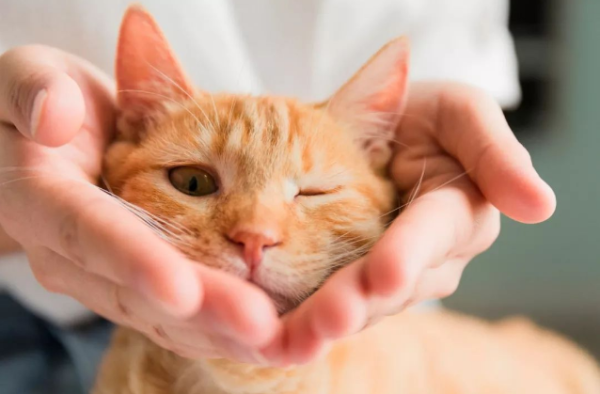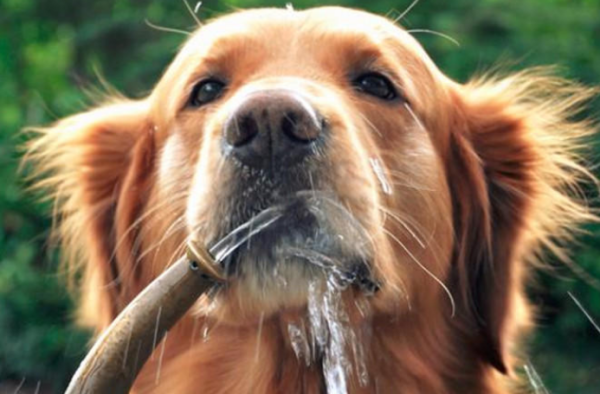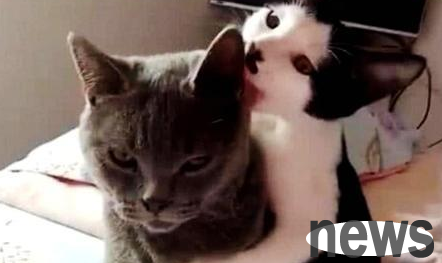You must understand cat spinal diseases and examinations!
Due to dysplasia or accidental fall injuries, cats have more and more spinal diseases. Symptoms of spinal diseases are diverse, ranging from mild, self-healing paroxysmal pain and exercise restrictions to progressively worsening, fatal paralysis, convulsions and even shock. They are easily confused clinically with peripheral joint muscle lesions, chest and abdominal tumors, pancreatitis, and nerve damage to infectious diseases. Moreover, the disease develops very quickly, and qualitative spans can often occur within hours or days, such as from mild pain to paralysis, from hind limb neurological disorders to total paralysis of the limbs, and even from paralysis to respiratory failure and death.

1. Spondylitis and myelitis
1. Symptoms: neck stiffness, arch stiffness, body temperature rises, weight drops for no reason, movement disorders, muscle tenderness
2. Disease definition: Spondylitis is an infection of the intervertebral disc and adjacent spine. Myelitis is just an inflammation of the spinal cord.
3. Cause: Most of the cases are caused by bacteria. Staphylococcus is the most common source of microbial infection. Brucella. Streptococcus, Pseudomonas, E. coli. Pasteurium and other bacteria. Fungal infection is relatively rare. Aspergillus, Coccidioidae. The plant stings enter the plant to cause secondary infection of actinomycetes, which can cause osteomyelitis of the spine, especially the spine on the waist.
4. Symptom description: Hyperallergic lesions is the most common symptom. Stilt gait, archback or neck stiffness may occur. Systemic lesions can occur, including fever, depression and weight loss. Neurological symptoms change in ataxia and caudal paralysis. Lesions may occur in multiple places.
2. Spine deformity
1. Definition of more than one spinal deformity of congenital nature. Types of spine deformities ① Hemispring deformities: The wedge-shaped spine base is facing the back, abdomen, or in the middle. ② Obstruction of the spine: the adjacent spine is partially or completely dissolved. ③ Butterfly plate spine: splits in the sagittal plane of the spine. ④ Transforming spine: It occurs at the main cleavage junction of the spine, and there are 2 types of spinal characteristics. For example, the lumbar supra has lumbar and sacral spinal characteristics.
2. Cause:
is usually unknown and is inherited in some cases.
3. Symptom description:
Most spinal deformities are not related to clinical symptoms, but are discovered by chance on X-rays. Hemispring deformity is the most common deformity that causes clinical symptoms. Neurological histological lesions are related to myelopathy lesions. The disease usually occurs in minor animals, but it is not necessarily true. As the animals grow, symptoms can develop.
III. Diagnosis of spinal diseases
1. Signal examination
includes age, gender, breed and type of daily activities. When used in conjunction with a history investigation, physical examination and neurological examination, the description of physical signs can provide important information for defining the type of spondylosis and decide what diagnostic plan to be developed.

2, medical history
records in detail the description of the occurrence and development of clinical symptoms by animal owners. These records can affect the content of differential diagnosis and diagnostic protocol. Neurological symptoms that are acute and develop rapidly are often associated with trauma, infectious diseases or acute inflammatory damage. In these cases, clinical symptoms generally reach orgasm within 2 to 48 hours, while recovery appears slower than the onset of the disease. Neurological symptoms that are slower develop often are associated with degenerative diseases or tumors. The development of clinical symptoms often lasts for weeks or months, and although there will be a brief recurrence during this period, the overall clinical symptoms will worsen over time. Neurological symptoms that do not develop may be congenital disorders. This correlation is only guiding and not absolute. For example, spinal cord tumors can also cause acute attacks of clinical symptoms. In addition, the diagnosis results of similar symptoms in the diseased animal and the time interval between this onset and the last onset are also partially reference-based.
3. Physical examination
The primary purpose of physical examination on cats suspected of suffering from spinal diseases is to rule out diseases that are easily confused with spondylosis. Pain, inability to rest (paresis or paralysis), weakness and abnormal gait are common symptoms in spinal, musculoskeletal, peripheral neuromuscular or metabolic diseases. Some metabolic, cardiovascular, musculoskeletal diseases have similar clinical manifestations to neurological diseases. Attributing pain caused by lumbar supra to hip osteoarthritis is a common example of misjudging spinal problems as musculoskeletal problems. If lumbar supra disease is not diagnosed, it will have serious adverse consequences for the sick cat. An example of misdiagnosing musculoskeletal problems as neurological disease is misdiagnosing bilateral anterior cruciate ligament rupture as neurological disease.














